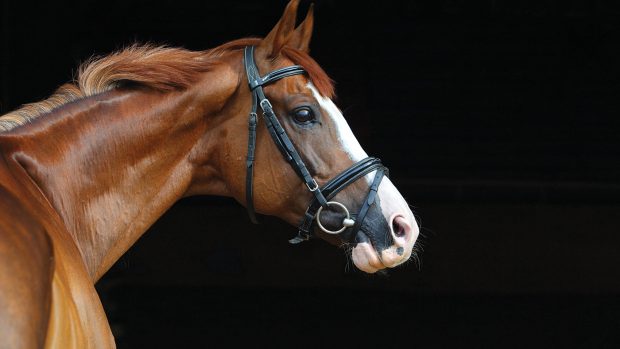Bridles
Bridles have existed since 4,500 – 3,500 BC, when man first domesticated the horse. From the very earliest days, having a way to influence the horse’s speed and direction was important. While some may view bitless bridles as a fairly modern innovation, our ancient ancestors probably rode in a type of halter made of materials such as rawhide and sinew. Art and paintings from the Middle Ages onwards show that bridles have changed remarkably little over the centuries.
Today, most bridles are made of leather, with a bit of metal, plastic or rubber. The snaffle bridle is the most popular in the UK. This is a basic bridle that usually has one bit, one noseband and one set of reins. Double bridles, which have two bits and sets of reins, are generally used for dressage and/or showing. Bitless bridles, such as the hackamore, crossunder and sidepull, are also popular in some sectors, but are not accepted in all types of competition.
When choosing a bridle for your horse, it’s vital that it’s properly fitted to your horse’s head, otherwise he’ll be uncomfortable and your aids will not be communicated effectively. The cheekpieces should be adjusted so the bit is positioned correctly in the horse’s mouth, and the noseband should be correctly adjusted. Although they’re generally sold as complete bridles in ‘full,’ ‘cob’ and ‘pony’ sizes, you may find you need to tailor the individual parts of the bridle to suit your horse.



















